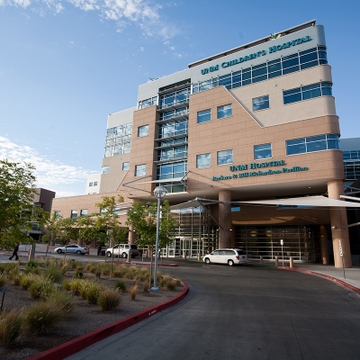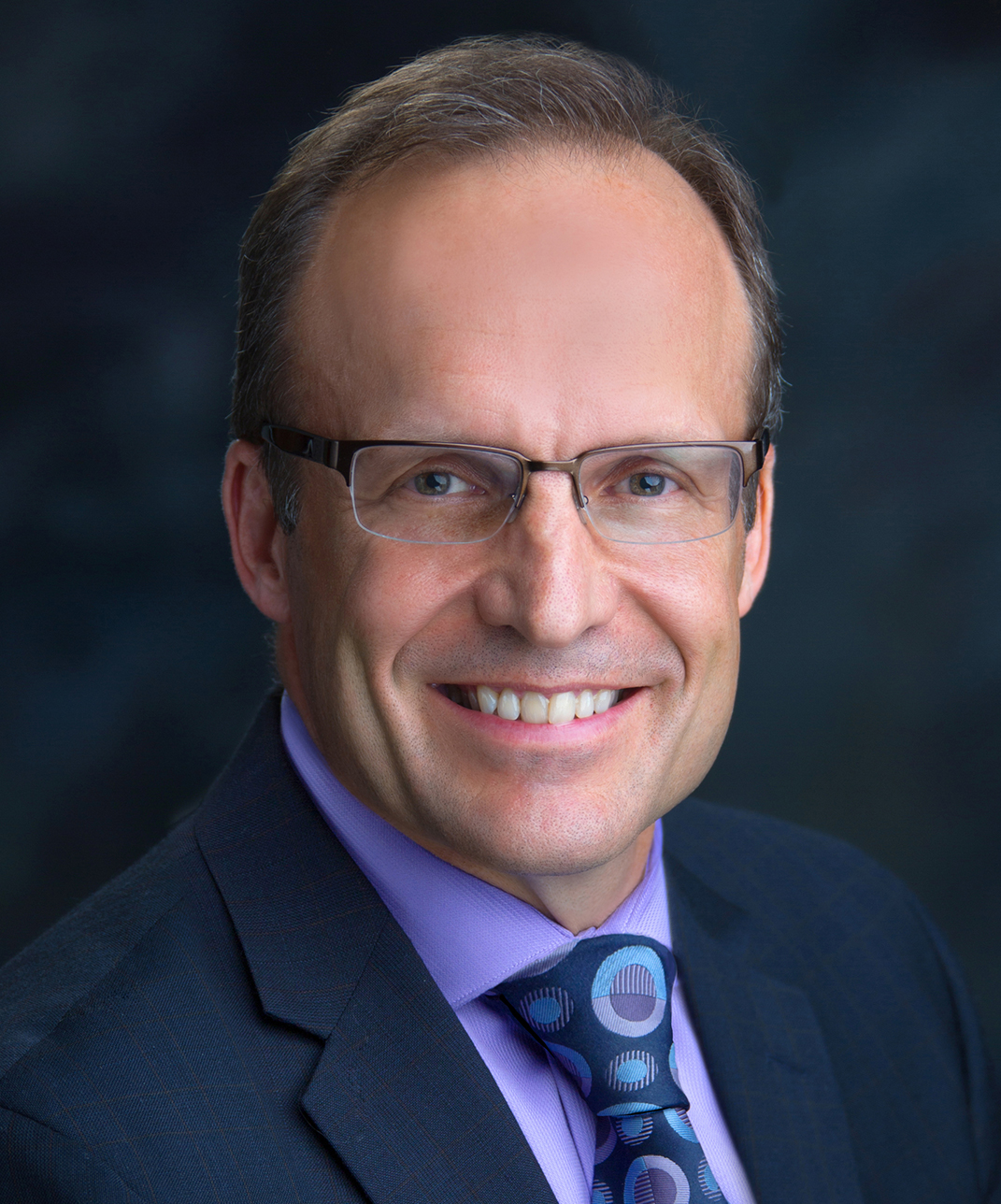Machine Learning Discovers Previously Unknown Genes in New UNM-Led Study

Mixed Forecast
New Mexico Gains Health Care Providers, But Shortages Persist
New Mexico has logged significant gains in its health professional workforce, including nurses, nurse practitioners and surgeons, but providers are distributed unevenly, and most areas of the state remain well below national benchmarks, a new study finds.
The state has 2,076 primary care doctors, 1,379 certified nurse practitioners and clinical nurse specialists, 746 physician assistants, 273 OB/GYN doctors, 1,171 dentists, 2,013 pharmacists and 17,219 registered nurses, according to the 2017 annual report prepared by the New Mexico Health Care Workforce Committee.
But the raw numbers don't tell the whole story, said Richard S. Larson, MD, PhD, executive vice chancellor at the University of New Mexico Health Sciences Center and chair of the workforce committee.
"We face a significant problem with the maldistribution of providers," Larson said. "Urban areas like Albuquerque and Santa Fe have relatively large numbers of providers, but many of New Mexico's rural communities are vastly underserved."
The committee is tasked with sending a report to the New Mexico Legislature each Oct. 1 that breaks down provider distribution by county. It also provides recommendations for policies to boost recruitment and retention efforts.
The report draws from detailed data collected by all health care licensure boards pursuant to a 2011 state law. The 2017 study for the first time included analysis for certified nurse-midwives, licensed midwives and emergency medical technicians. It also provided additional detail on primary care and OB/GYN doctors.
Since 2015, the state gained providers in all nine categories of professionals examined: primary care providers (0.1 percent), certified nurse practitioners/clinical nurse specialists (6.7 percent), physician assistants (4 percent), OB/GYN doctors (7.9 percent), general surgeons (6.2 percent), psychiatrists (9.9 percent), dentists (3.5 percent) and pharmacists (5.3 percent). Registered nurses have increased 9.6 percent since 2012.
The committee's members are drawn from the UNM Health Sciences Center, state and federal agencies, licensing boards, professional associations, community organizations and health care organizations.
"New Mexico is a national leader in its ability to identify and offer in-depth analysis of provider shortages," Larson said. "Each year, we gain access to an expanded data set as more professionals come up for license renewal. Over time, we're gaining the ability to more broadly assess our state's health care needs."
